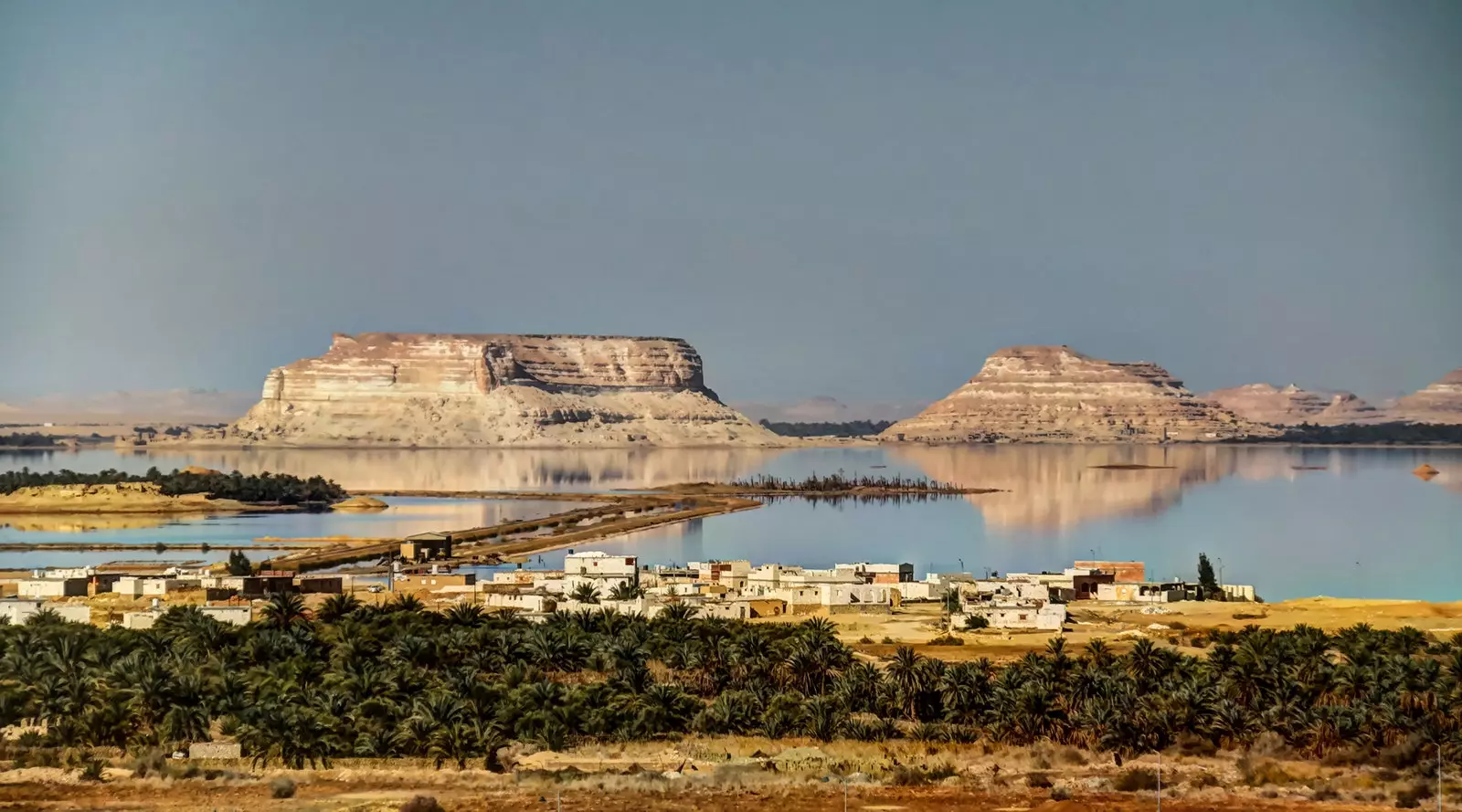
Siwa, the forgotten Egyptian oasis at the gates of Libya
Isolated on the northwestern edge of the endless desert that stretches beyond the western reaches of the Nile River, Siwa Oasis emerges as one of the most unspoiled and exotic settings in Egypt.
The site, which lies at the foot of a depression of the same name near the border with Libya, is about 600 kilometers from Cairo and, despite its charm, it continues to be left out of the main tourist destinations in the country of the pharaohs.
Once famous as the link between five great caravan routes connecting the Nile Valley, central Africa and the Mediterranean coast, Siwa has lived remarkably secluded for centuries due to its remote location, which It allowed him to maintain a high independence for a long time.
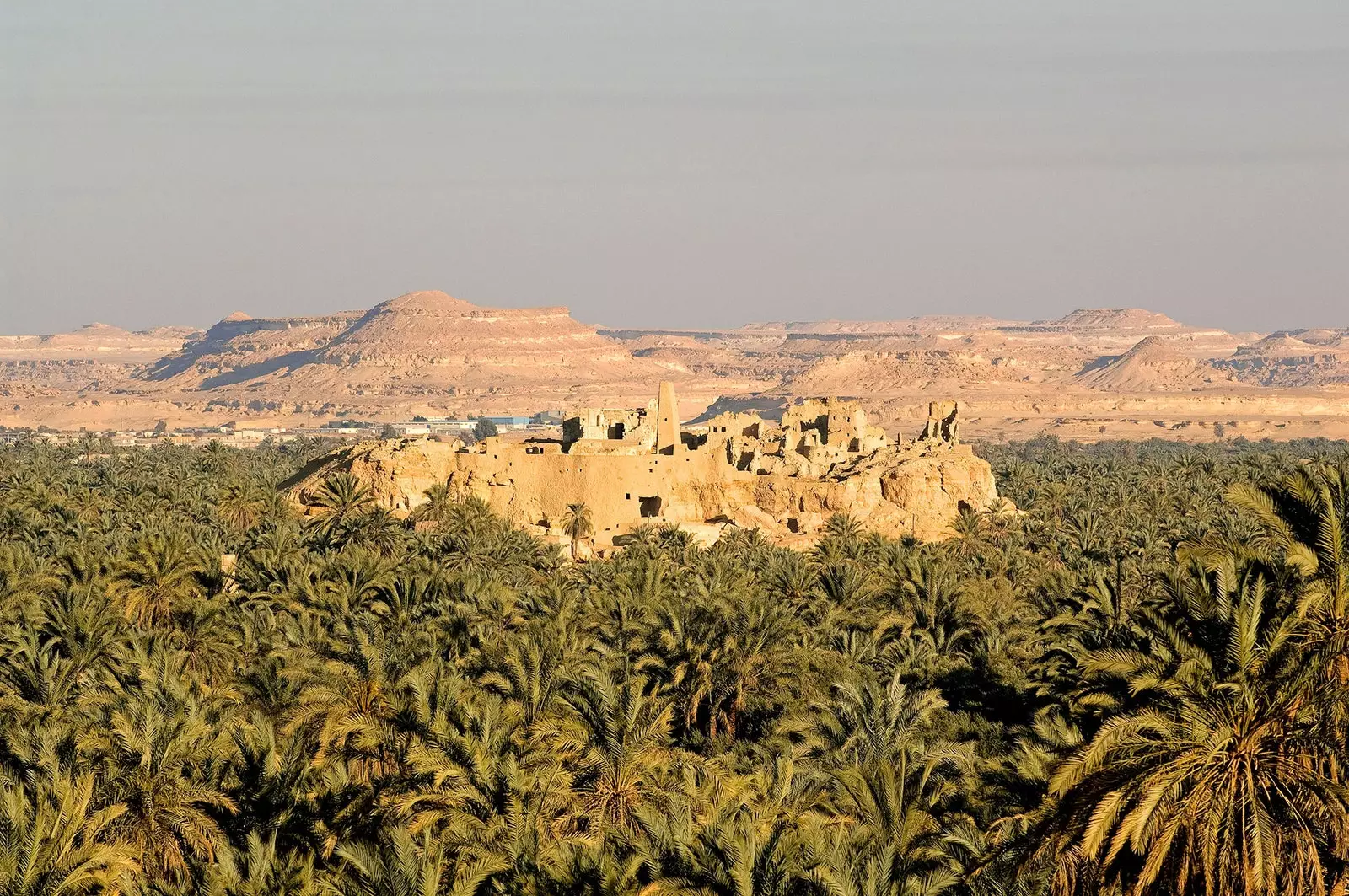
Siwa has lived remarkably secluded for centuries due to its remote location
So much so that, despite the oasis being annexed to Egypt in the early 18th century, it was not until 1984 that the first paved road was built that would allow it to connect with the rest of the country.
Also, the fact that until 1992 foreigners would still need a permit from the infuriating Egyptian army to be able to approach the place has caused Siwa to have maintained a certain insularity until very recently.
This isolation, however, has been key to not altering the fragility that characterizes the site. On the one hand, the only 30,000 Berbers in Egypt live in the oasis, a group of indigenous peoples from North Africa whose presence extends from the Canary Islands to Siwa. And, on the other, its ecosystem is very delicate, so altering its balance could have catastrophic consequences for the place.
Today, Getting to the oasis is very easy. One of the best options, although not the most comfortable, goes through take the night bus that leaves every night from Cairo to the center of Siwa, where you should arrive first thing in the morning.
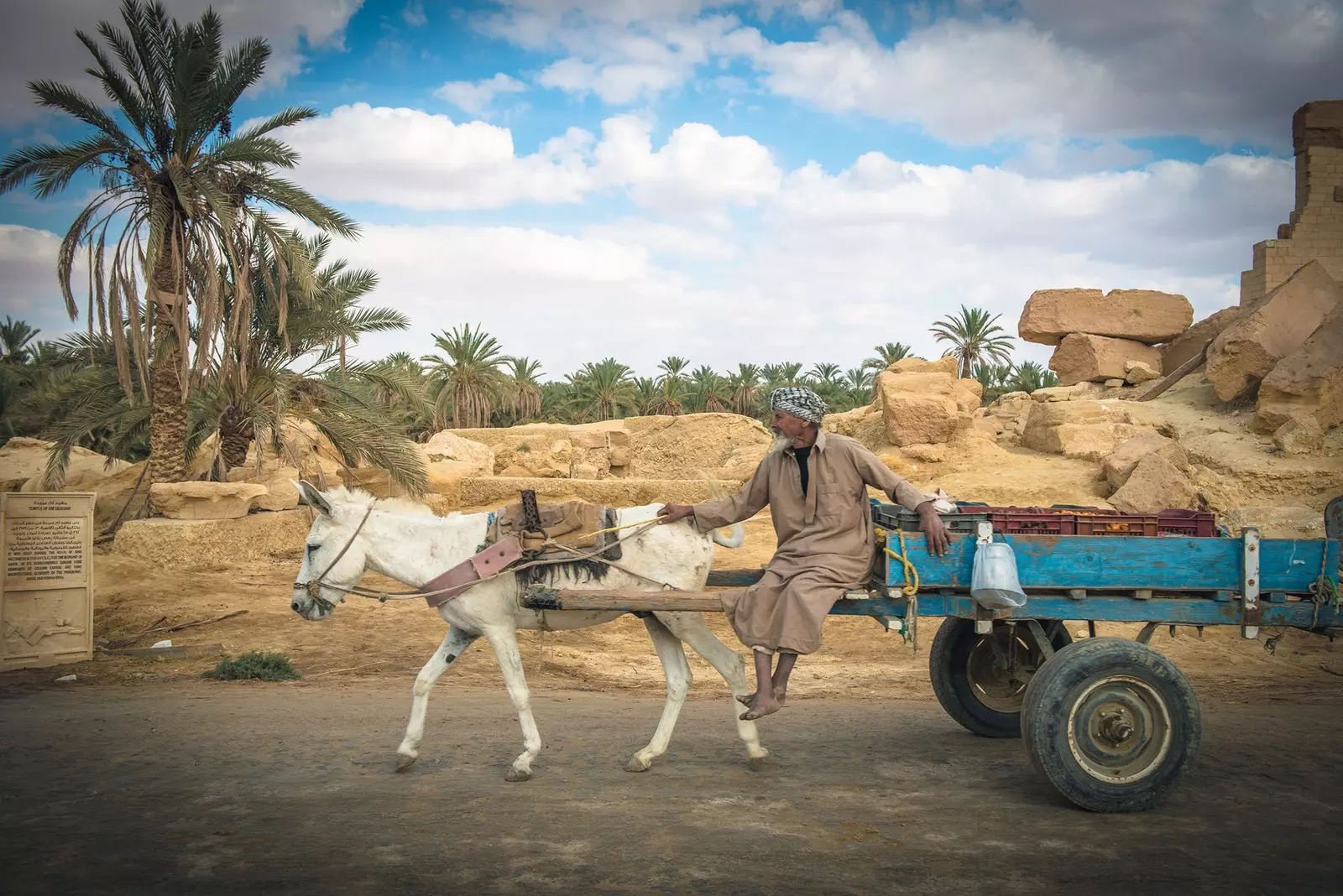
Meet the Berber people that inhabit the area
The second possibility is that of travel by plane to the coastal city of Marsa Matruh, about 300 kilometers from the final destination, and travel the rest by bus or minibus.
The ideal is to visit the place between autumn and April, when temperatures are more bearable than in summer. And once there don't expect to find too many travelers , as tourism to the area plummeted after the 2011 Arab Spring due to instability in Egypt and Siwa's proximity to chaotic Libya. Nonetheless, the place is completely safe and has not suffered like other parts of the country.
Fortunately for the traveler, the oasis has a wide range of possibilities in terms of accommodation, so they can be found from very cheap options especially in the town of Siwa itself, until the more luxurious alternatives some of which are located in the most spectacular corners of the oasis.
Despite being a small place, the vast history and privileged nature give Siwa a varied tourist offer that ranges from historical to therapeutic, through safari and recreational, which are the ones that usually attract the most public.
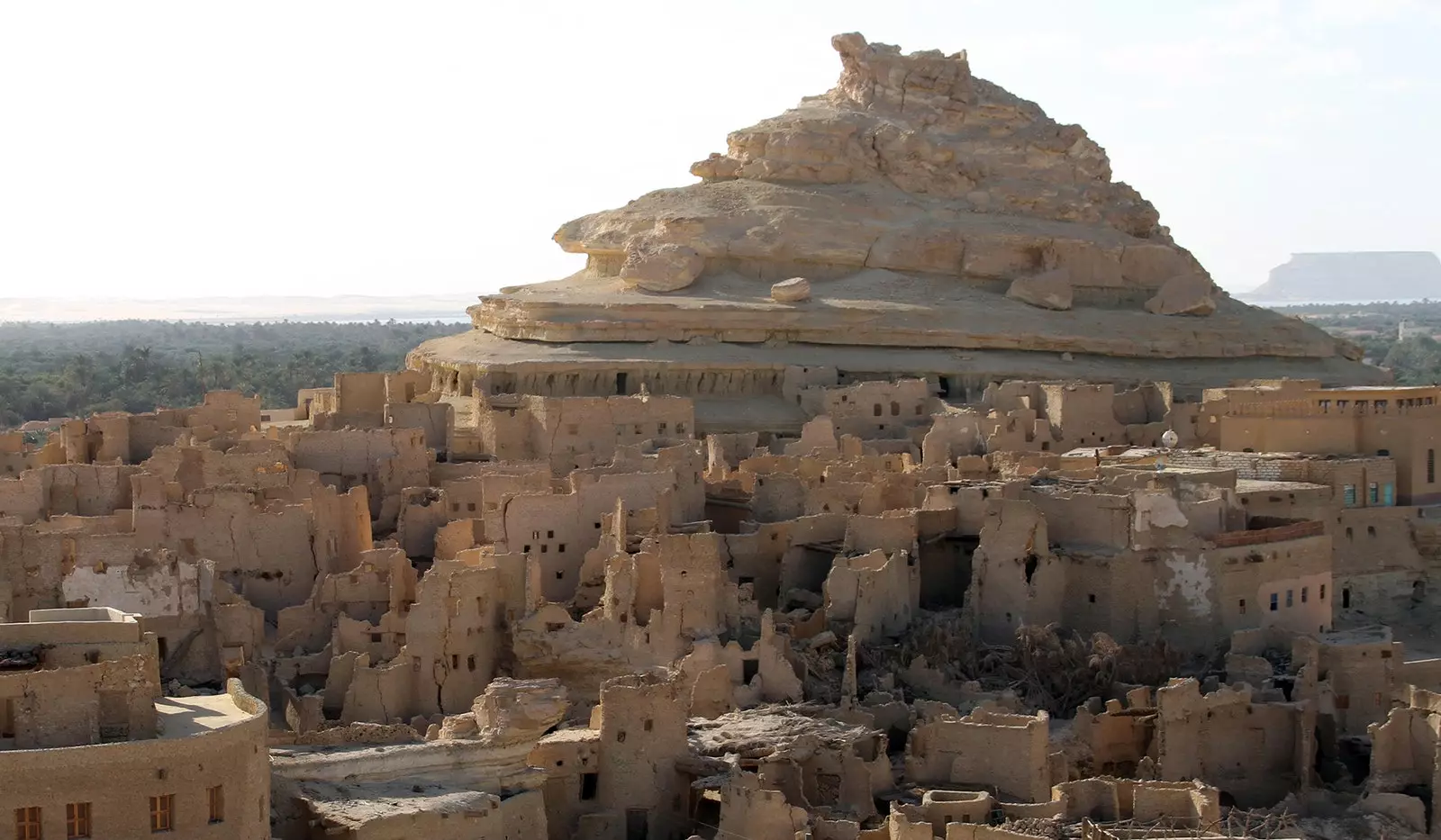
The spectacular Shali Fortress
inside the town, the main attraction is the spectacular Shali fortress , a city founded in the 13th century and inhabited until 1926, when three days of storms critically damaged the buildings inside.
Built on a hill in the center of Siwa, Shali appears as a labyrinth of buildings made from a typical local mix of salt, rock and clay known as kershef, and its top offers beautiful views of the oasis. To see more buildings built in the traditional way you can go through siwa visitor center near Shali, where there is also a small museum of local history.
For archeology lovers, the two places that cannot be missed are in Aghurmi Hill, where they rest two temples built in Siwa in honor of the god Amun. The first of them, and the best known, keeps inside the famous temple of the oracle, which is believed to have been visited by Alexander the Great to determine if he was the son of Zeus. The second, the one from Umm Ubedah , was connected to the previous one and, although it is practically in ruins, its location, in a palm grove, maintains a great charm.
For those who are tired of ancient history, Siwa has many hot and cold springs hidden among the palm trees. The most famous of them is the so-called cleopatra Bath, a natural stone pool in which, according to legend, the popular Egyptian ruler bathed.
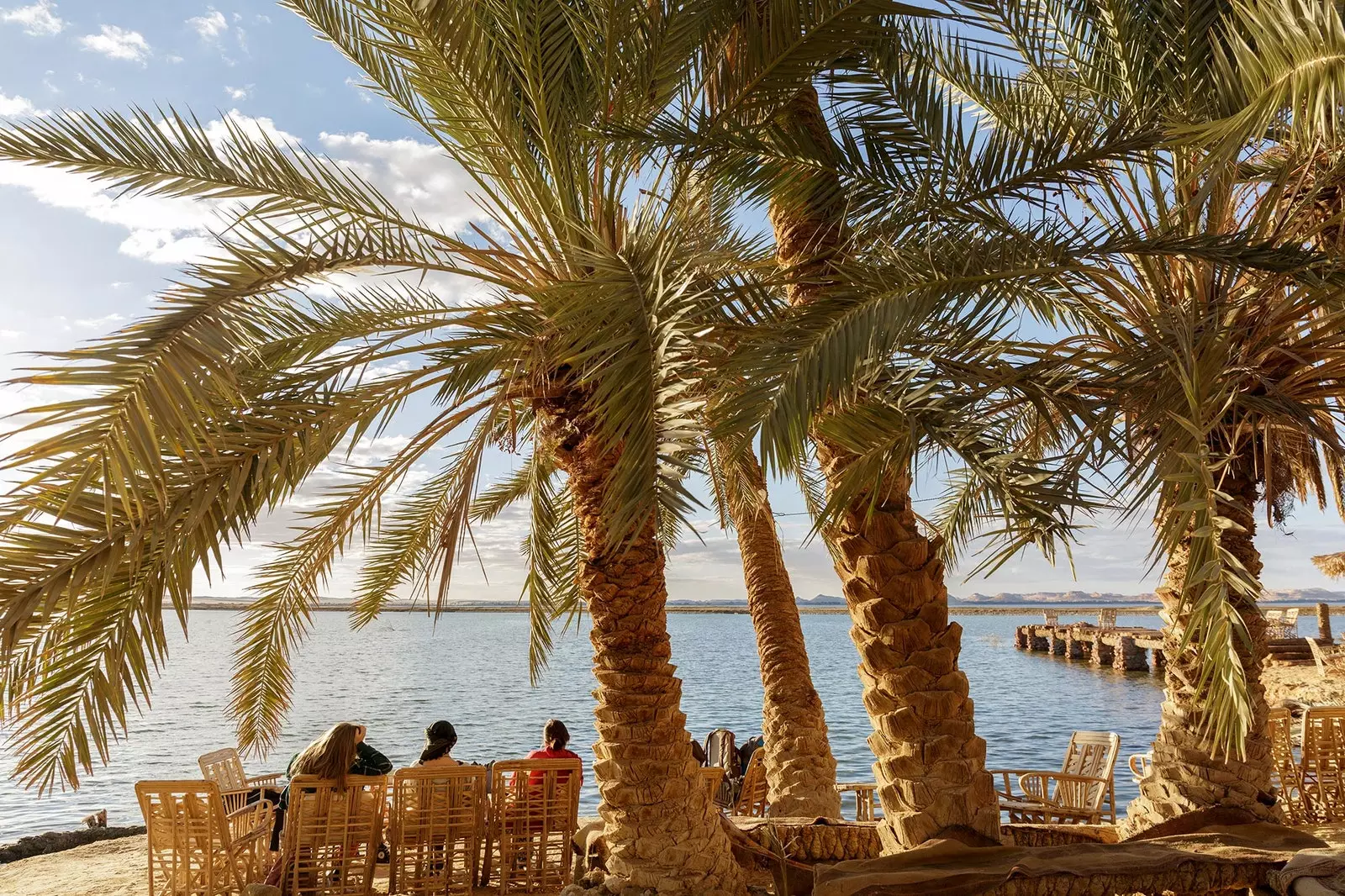
Fatnas Island
Other of the best known springs of the place are that of the island of Fatnas, which is one of the most sheltered and is four kilometers from Siwa; that of Bir Wahed, of hot water; or the one of Kegar, a 67º Jacuzzi used for therapeutic purposes.
Moving away from the town, one of the main attractions of the oasis is the go on safari in the Great Sand Sea, a desert area of the Sahara of 72,000 square kilometers that has the third largest dune field in the world and to which Siwa acts as the northern entrance.
In western Siwa, meanwhile, stands out above all Shiatta Lake, that in the past it is believed that it stretched to the very town of Siwa and in whose depths they have been found ancient fossils and a funerary boat Pharaonic or Roman times. Furthermore, the place is not only a stopover for many travelers but also for some migratory birds, including flamingos , and also for gazelles that, with luck, can be spotted as they pass through the lake.
In the eastern part, which would require a whole day to visit its different oases and its natural passages with some splendid limestone formations, stands out the old fortified town of Gara , in which a few hundred people still live and which is undoubtedly among the the most isolated settlements in all of Egypt.
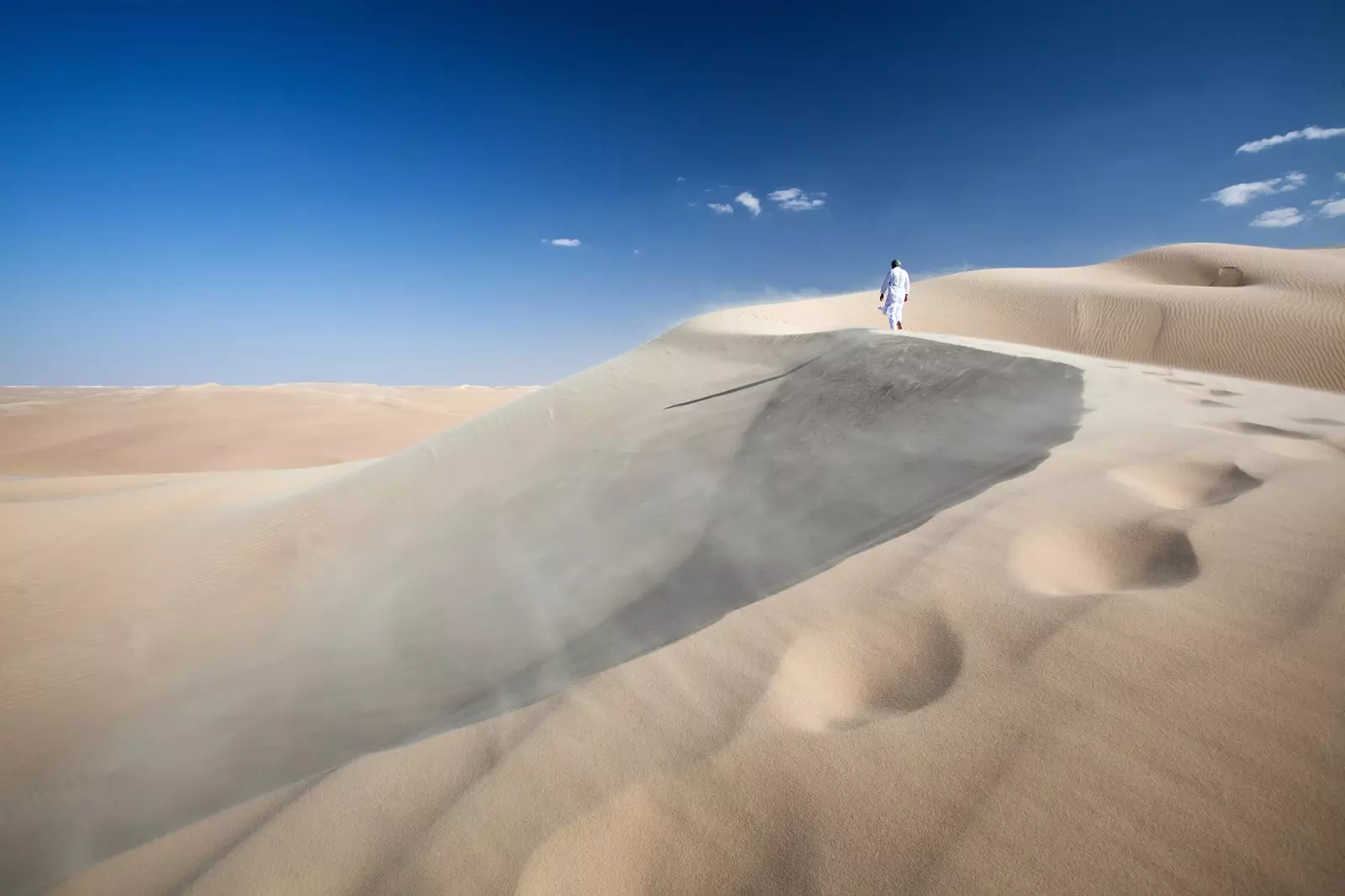
From Siwa you can access the third largest dune field in the world
When it comes to moving around, the closest places to the town of Siwa are reachable by bicycle, motorcycle or with private –and uncomfortable– local taxis , which are nothing more than a motorcycle with a small trailer.
Beyond 15 kilometers around Siwa, however, still permits are required to travel, so it is recommended or, well, go with a guide or stop by at least one day in advance for the central tourist office, where its kind director, Mahdi Hwieti, will be able to facilitate this process.
Without a doubt, Siwa is one of the most unusual and beautiful places in Egypt, and if there are days available to visit, it is a great opportunity not only to go into a privileged natural environment, but also for meet the Berber people that inhabit the area and that add a different touch to the more official Arab Egypt.
